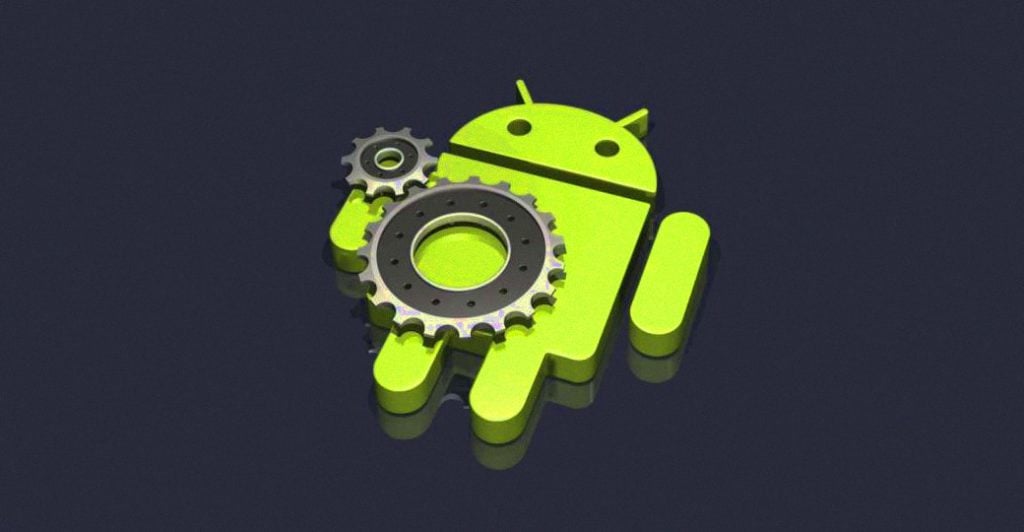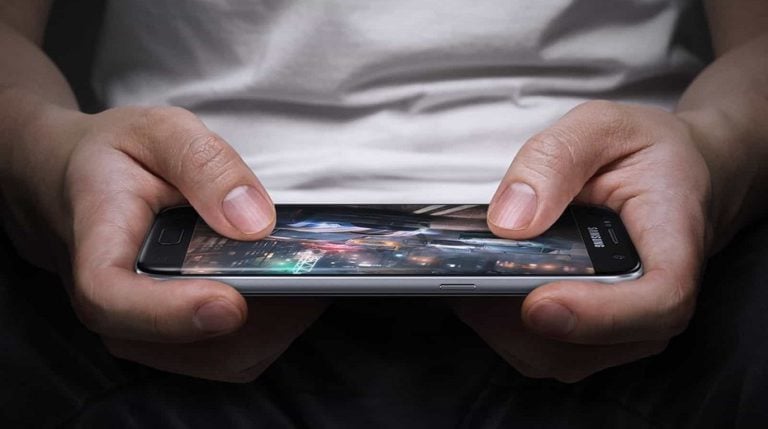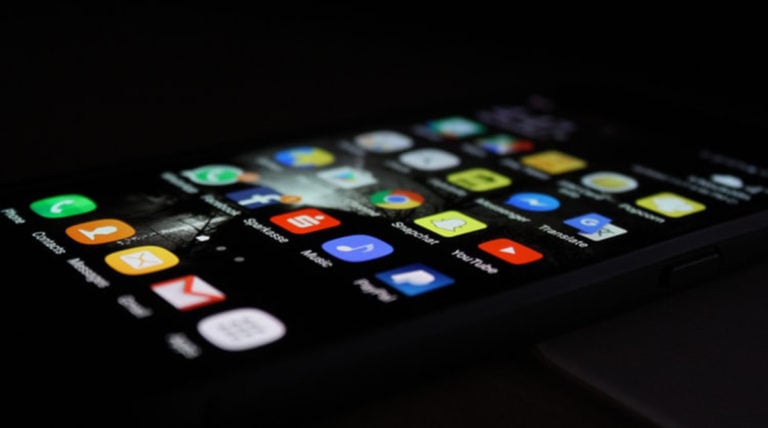The problem when a phone on the Android platform over time begins to freeze and increasingly glitch, alas, is familiar to many. What to do for this if the smartphone has become familiar to you and you absolutely do not want to change it to a new one? An effective way to solve this problem is to restore Android via computer.
After all, if the phone turns out to be without an operating system for some time, something must control it? Let this be your computer. It is often not enough to simply reset your phone to factory defaults. It will almost completely reset, and you will not have any notebook or other important data that was previously in the phone’s memory. Today, you can often face the fact that it is proposed to store your personally generated data in the cloud, but not every person purely psychologically trusts this method of storage.
About backup
That’s why, before you reinstall Android, you first need to think about a convenient backup method for you. Someone can even honestly rewrite the entire notebook with a pen into a notebook, and then they will drive it all over again. Oddly enough, this time-consuming method also has its advantages. You can use such a notebook when you accidentally leave your mobile device at home, but you need to urgently contact someone.
It is much more convenient to keep a notebook on your computer, and as you have new contacts, synchronize this database with your phone. Then the losses when reconfiguring the smartphone will be minimal. You can even backup contacts using standard tools offered by Windows.
Another headache is reinstalling all erased applications. Of course, Google Play will always allow you to download them, but searching for them in the second round is not so convenient. To do this, you can use your Google Play account and save the names of all applications that you use there. But the “paper” list of applications in the notebook will not hurt if the phone “glitches” so badly that it does not want to start at all. In this case, you will have to resort to the only possible option: restore Android through a computer.
Recovering smartphone OS using a computer
In order not to be intimidated by the complexity of this process, we will master it step by step:
1. You must first install the Java developer package on your computer by downloading it from the Oracle resource. Then you need to install the ADB program. The abbreviation translates to “Android Debug Bridge”. You need to search for the program only on the website of the official developer – SDK.
2. Before installing Android, you must first “walk” through the menu of the ADB program, explore the proposed options for interacting with the phone. Estimate what exactly you need from this:
- restoring a working phone;
- raising a “dead” device that does not respond to buttons and clicks.
3. Now connect your smartphone via USB. If he is “alive”, then you can start working in a dialogue mode. We start it in the folder that was unpacked on the computer. We type the word cmd in the directive and look at the command line that appears. From it you can understand whether the phone is “visible” to the computer. If so, the serial number of the smartphone will be visible.
4. We begin to “command” the phone. We write in the command line: adb shell. Then we type the command: wipe data. After that, the phone reboots and gets rid of the settings, and with them – from improperly working utilities and possible viruses.
5. If the phone does not show signs of life, then you can use the fastboot mode, which on the phone is usually turned on by several buttons pressed simultaneously, for example, “volume + and on. nutrition “.
6. On your computer, type the command: adb reboot bootloader followed by fastboot erase userdata.
7. After that, you need to reboot the phone from the computer, for which the fastboot reboot command is provided.
8. Now it remains to make sure that the phone has “come to life” and start restoring user data.



